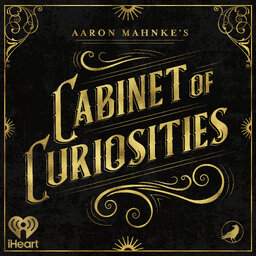Dropping the Ball
Some old traditions are a bit curious. Here are two very different, but very fascinating, examples.
Pre-order the official Cabinet of Curiosities book by clicking here today, and get ready to enjoy some curious reading this November!
 Aaron Mahnke's Cabinet of Curiosities
Aaron Mahnke's Cabinet of Curiosities


